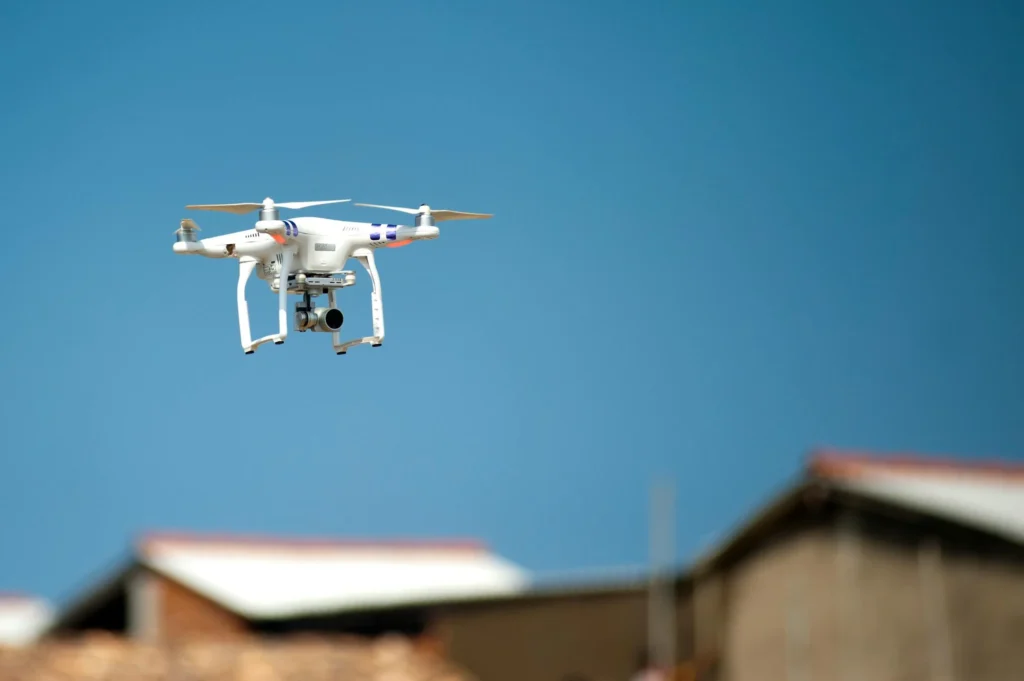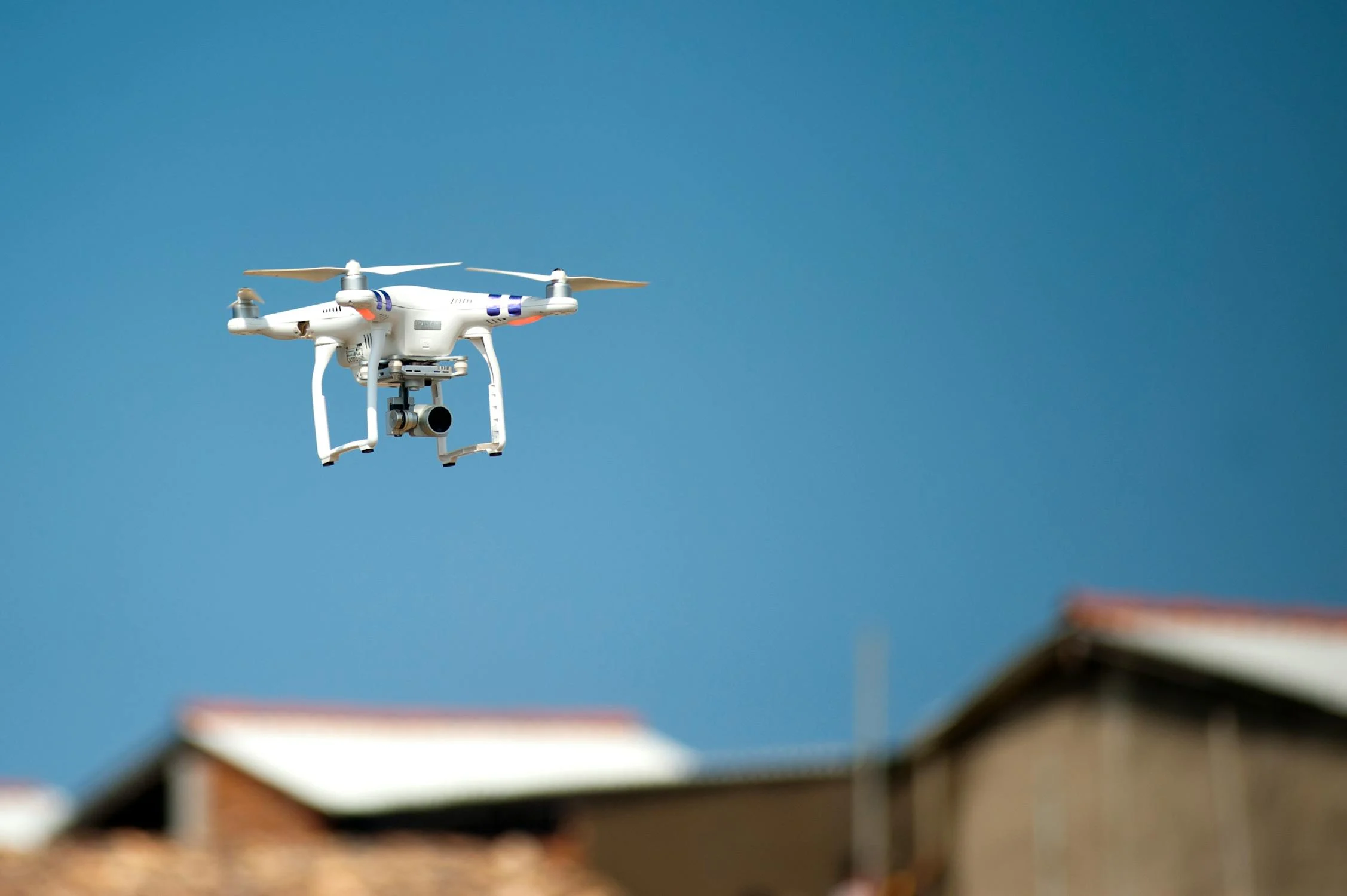What are Drones?
Drones, also known as unmanned ariel vehcles (UAVs), are remote-controled or autonomus flying devices used for various aplications, including miltary, commecial, and personal use. They are equiped with cameras, sensors, and GPS techonlogy to perform spcific tasks efficiently.
Types of Drones
1. Consumer Drones
These are small, lightweight drones designed for hobbyists and photgraphers. They come with high-resolution camras and easy-to-use controls.
2. Commercial Drones
Used in industries like agricuture, delivery services, and surveilance, these drones are built with advnced features like thermal imaging and AI-powered navigation.
3. Military Drones
Developed for defense purposes, military drones are used for reconnissance, survillance, and combat opertions. They often have stealth technolgy and long-range capabilities.
4. Racing Drones
Built for speed and agility, racing drones are used in competative drone racing leagues. They have highly responsive controls and powerful motors.
5. Industrial Drones
Designed for heavy-duty tasks, industrial drones are used in construction, mining, and infrastructure inspecton. They can carry heavy loads and withstand extreme weather conditons.

Benefits of Drones
1. Enhanced Surveillance
Drones provide real-time ariel monitoring, making them invaluable in securty and disaster response efforts.
2. Improved Efficiency
Industries like agriculture and logistics benefit from drones by automating tasks such as crop monitering and package delivery.
3. Cost Reduction
Drones reduce labor and operationl costs, making them an economical solution for various applications.
4. Accessibility to Remote Areas
Drones can reach inaccesible locations, helping in rescue missions, wildlife tracking, and mapping remote terains.
5. Environmental Monitoring
They assist in tracking climate change, deforestation, and pollution levels, aiding researchers and policymakers in making informed decisions.
Challenges of Drones
1. Privacy Concerns
The widespread use of drones raises concerns about data secuirty and unauthorized survilence.
2. Regulatory Issues
Governments have implemented strict rules regarding drone usage, including licensing and restricted airspce regulations.
3. Battery Limitations
Most consumer drones have limited battery life, restricting flight duration and operational effciency.
4. Technical Failures
Drones are susceptible to hardware malfunctions, signal interuptions, and software glitches, affecting performance and reliability.
5. Ethical Concerns
Military drones, in particular, raise ethical questions regarding automted warfare and civilian casualties.
The Future of Drones
With advancements in AI, battery technolgy, and automation, drones are expected to become more sophsticated and widely adopted. Future innovations may include autonomous urban delivery, drone taxis, and enhanced AI-driven operatons.
Conclusion
Drones are revolutionizing various industries, offering efficiency, cost savings, and new possibilities. Despite challenges, ongoing technolgical advancements continue to enhance their capabilties, ensuring a promising future for UAV techonlogy.
